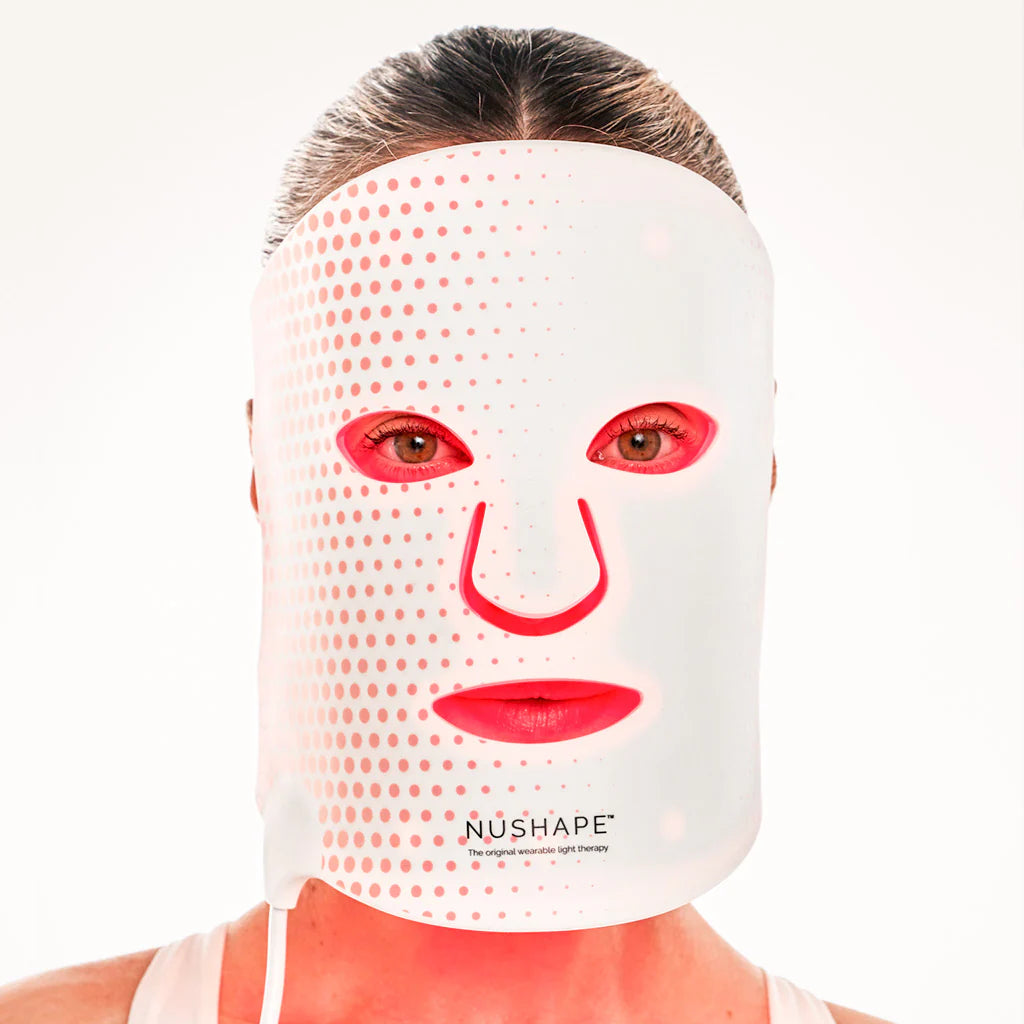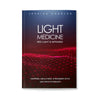
Living with Bell's Palsy can be challenging, but with consistent care and treatment, many patients experience significant improvement. This comprehensive guide will walk you through effective home treatment options, with a special focus on red light therapy and complementary techniques.
Understanding Bell's Palsy
Bell's Palsy is a temporary facial paralysis or weakness on one side of the face, typically caused by inflammation or trauma to the facial nerve (Cranial Nerve VII). While this condition can affect anyone, it's more common among adults aged 15-60, pregnant women, people with diabetes, and those recovering from viral infections.
Professional Treatment Foundation
After diagnosis, professional medical care usually marks the first step of your treatment journey. For mild cases, 2-3 physical therapy sessions per week focus on gentle rehabilitation and muscle tone maintenance. Severe cases may require more intensive care, with 4-5 therapy sessions per week incorporating ES TENS therapy, professional facial massage, and guided facial exercises.
Comprehensive Home Treatment Protocol
Consistency in daily treatment is key to a successful recovery. Here's a guide to performing home treatment twice daily:
Heat Therapy (20 minutes)
Start each session with heat therapy using a heated wrap set to level 5. Cover all affected areas and maintain a consistent temperature to prepare your facial muscles for the following exercises.
Facial Massage (10+ minutes)
Following heat therapy, proceed with a gentle facial massage. Begin at the neck and work upward, focusing on each facial region. Use clean hands and moderate pressure with upward strokes across the neck, chin, cheeks, mouth, lips, nose, and forehead. Using a facial oil or cream can help reduce friction and enhance the massage's effectiveness.
Facial Exercises (15 repetitions, 10 counts each)
Complete your massage with targeted exercises. Perform each with gentle finger assistance as needed:
- Start with your forehead, practicing raising and furrowing your brow.
- Move to the eyes, practicing gentle opening and closing.
- Continue with mouth exercises, including smiling, puckering, and showing your teeth.
- Progress to more advanced movements like whistling and clearly pronouncing vowels.
Suggested Exercise to pair with Red Light Therapy:
Raising your eyebrows, help the affected brow with your finger, raise those brows, and count 15 reps, in 10.

Red Light Therapy Integration
Red light therapy has shown promise in Bell's Palsy recovery, helping reduce inflammation, promote nerve healing, and improve blood circulation to affected areas. For best results, use red light therapy after heat treatment, positioning the light 6-12 inches from your face for 10-15 minutes.
Progress Tracking and Timeline
Recovery from Bell's Palsy varies for each person, though many report initial signs of improvement within three days of consistent treatment. Keep a simple journal to track your daily treatments and any changes observed. Weekly photos can provide an objective view of your progress.
Most patients see specific improvements within 1-2 weeks, with continued progress over 3-6 months. Consistency is key to achieving optimal results.
Important Considerations
During recovery, special attention to your eyes is crucial. Use prescribed eye drops regularly and consider wearing eye protection while sleeping if necessary. Stay well-hydrated and maintain good sleep habits to support your body’s healing.
If you experience increased pain, spreading weakness, or no improvement after three weeks, contact your healthcare provider to adjust your treatment plan and ensure you’re on the right track.
Recovering from Bell's Palsy requires time and patience. By following this treatment protocol and maintaining a positive outlook, you give yourself the best chance for a successful recovery.
A Final Note
Each person’s experience with Bell's Palsy is unique, and what works for one individual may need adjustment for another. Pay attention to how your body responds to treatment, and work closely with your healthcare provider to tailor the protocol as needed. With dedication and care, many people see significant improvement over time.













































































































